Dr V. W. Verlekar
Understanding Osteoarthritis and Rheumatoid Arthritis: Causes, Symptoms, and Treatment Approaches
JOINT HEALTH
Dr V. W. Verlekar
4/29/20246 min read
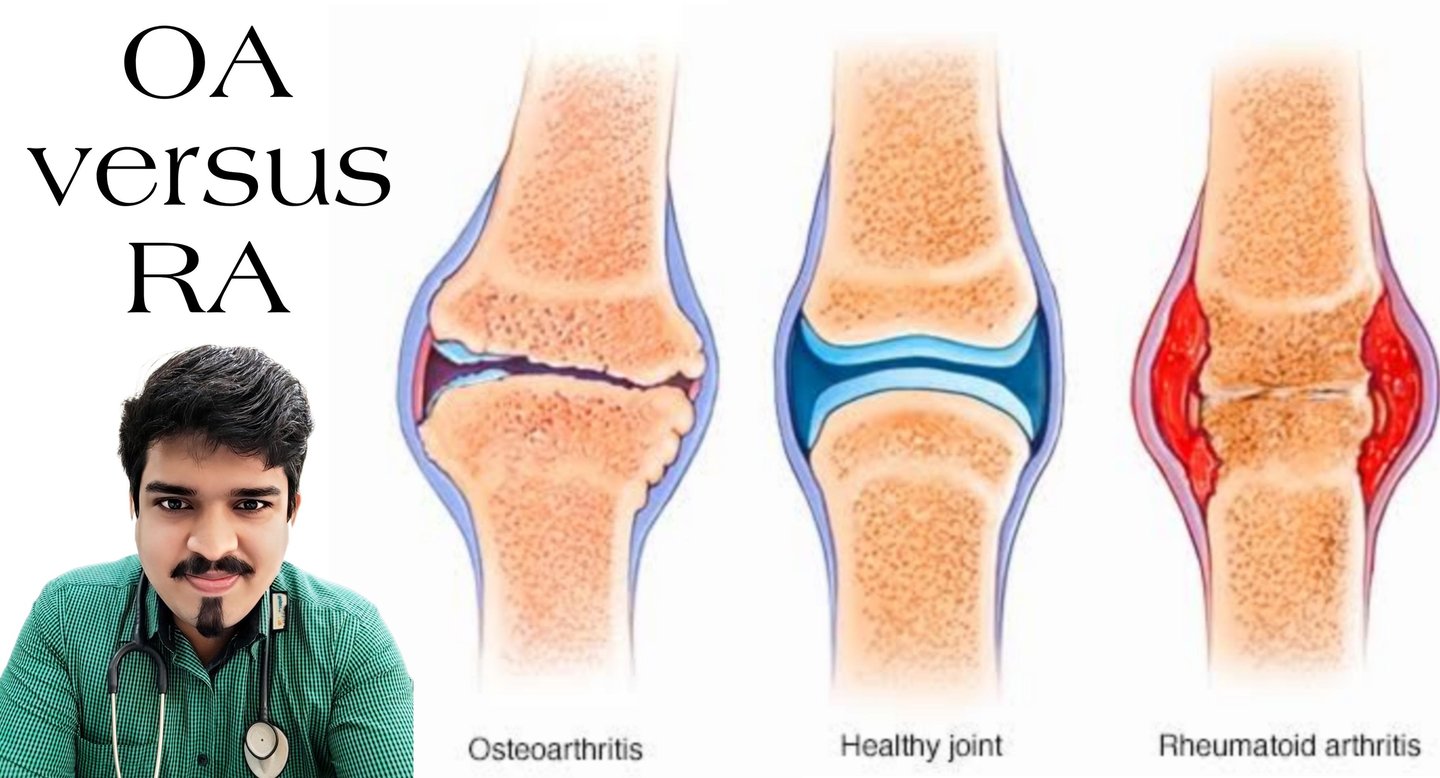

Differences between OA and RA
While both OA and RA are forms of arthritis, they have distinct differences in terms of their causes, symptoms, and treatment approaches.
OA is primarily a degenerative condition that occurs with aging or joint wear and tear, whereas RA is an autoimmune disease. In OA, the cartilage that cushions the ends of the bones gradually wears away, leading to pain, stiffness, and reduced joint mobility. On the other hand, RA occurs when the body's immune system mistakenly attacks the lining of the joints, causing inflammation, swelling, and joint damage.
OA typically affects weight-bearing joints such as the knees, hips, and spine. The gradual breakdown of cartilage in these joints can lead to joint pain, stiffness, and limited range of motion. In contrast, RA can affect any joint in the body, including the small joints of the hands and feet. The inflammation associated with RA can cause joint swelling, warmth, and tenderness.
While both OA and RA can cause joint pain and stiffness, the symptoms of RA are generally more systemic and can affect multiple organs. In addition to joint symptoms, individuals with RA may experience fatigue, fever, weight loss, and a general feeling of malaise. These systemic symptoms are not typically seen in OA.
The treatment approaches for OA and RA also differ. In the case of OA, the focus is on pain management and joint preservation. This may involve lifestyle modifications, such as weight loss and exercise, along with medications to relieve pain and inflammation. Physical therapy and the use of assistive devices, such as braces or canes, may also be recommended to support joint function.
On the other hand, RA treatment aims to reduce inflammation, prevent joint damage, and manage the systemic effects of the disease. This often involves a combination of medications, including disease-modifying antirheumatic drugs (DMARDs) to slow down the progression of RA, nonsteroidal anti-inflammatory drugs (NSAIDs) to relieve pain and inflammation, and corticosteroids to provide short-term symptom relief. In some cases, biologic therapies, which target specific components of the immune system, may also be prescribed.

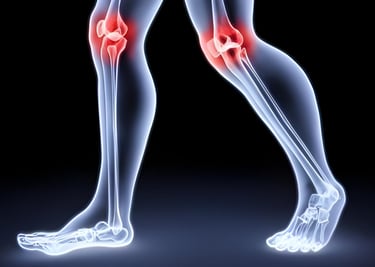
Osteoarthritis
Risk factors for OA include age, obesity, joint injuries, and genetic factors.
Diagnosis is usually based on a combination of medical history, physical examination, and imaging tests such as x-rays or magnetic resonance imaging (MRI).
Treatment options for OA include lifestyle modifications, such as weight loss and exercise, pain management, physical therapy, and in severe cases, surgery to repair or replace damaged joints.
In addition to these treatment options, another important aspect of managing OA is maintaining a good range of motion in the affected joints. Range of motion refers to the extent to which a joint can move in different directions. It is crucial for maintaining joint function and preventing further deterioration.
Stretching exercises are particularly beneficial for improving range of motion. They involve gently stretching the muscles and tendons around the joint, which helps to increase their elasticity and improve joint flexibility.
Strengthening exercises, on the other hand, focus on building up the muscles around the affected joint. By strengthening these muscles, they can better support the joint and improve its stability. This can help to reduce pain and improve overall joint function.
Overall, maintaining a good range of motion is essential for individuals with OA. It can help to improve joint function, reduce pain, and enhance overall quality of life. By incorporating a comprehensive treatment plan individuals with OA can effectively manage their condition and maintain an active and fulfilling lifestyle.
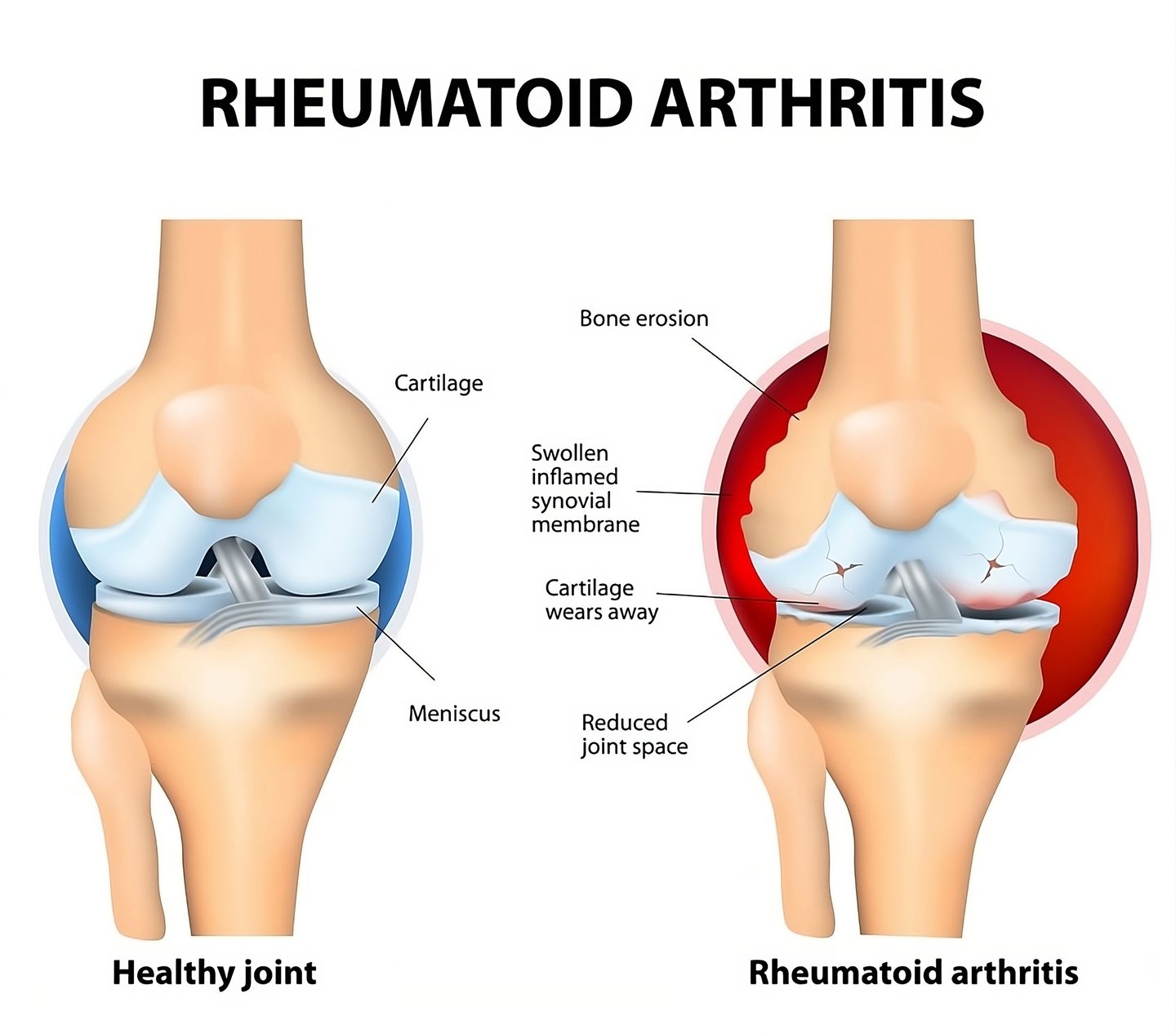

Rheumatoid Arthritis (RA)
RA is an autoimmune disease in which the body's immune system mistakenly attacks the joints, causing inflammation and damage. This chronic condition can have a significant impact on a person's quality of life, as it can lead to pain, disability, and joint deformity if left untreated.
It can affect people of any age, although it most commonly begins between the ages of 30 and 60. Women are also more likely to develop RA than men, although the reasons for this gender disparity are still not fully understood.
The exact cause of RA is unknown, but it is believed to involve a combination of genetic and environmental factors. Certain genes, such as the HLA-DRB1 gene, have been associated with an increased risk of developing RA. Environmental factors, such as smoking and exposure to certain infections, may also contribute to the development of the disease.
Symptoms of RA include joint pain, swelling, stiffness (usually worse in the morning or after periods of inactivity), fatigue, and general malaise. The severity of symptoms can vary from person to person, and they may come and go in episodes known as flare-ups.
RA can also affect other parts of the body, such as the eyes, lungs, and heart. Inflammation in these organs can lead to complications and further health problems if not properly managed.
Diagnosis of RA is based on a combination of medical history, physical examination, blood tests to detect specific antibodies and markers of inflammation, and imaging tests. The presence of certain antibodies, such as rheumatoid factor (RF) and anti-cyclic citrullinated peptide (anti-CCP) antibodies, can help confirm the diagnosis.
Treatment for RA aims to reduce inflammation, relieve symptoms, and prevent joint damage. This may include a combination of medications, such as nonsteroidal anti-inflammatory drugs (NSAIDs), disease-modifying antirheumatic drugs (DMARDs), and biologic agents, as well as physical therapy and lifestyle modifications.
Regular exercise can help improve joint mobility and strength, while a balanced diet can support overall health and weight management. In some cases, surgery may be necessary to repair or replace severely damaged joints.

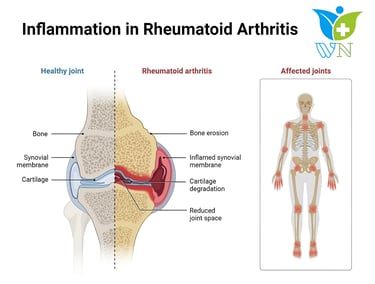
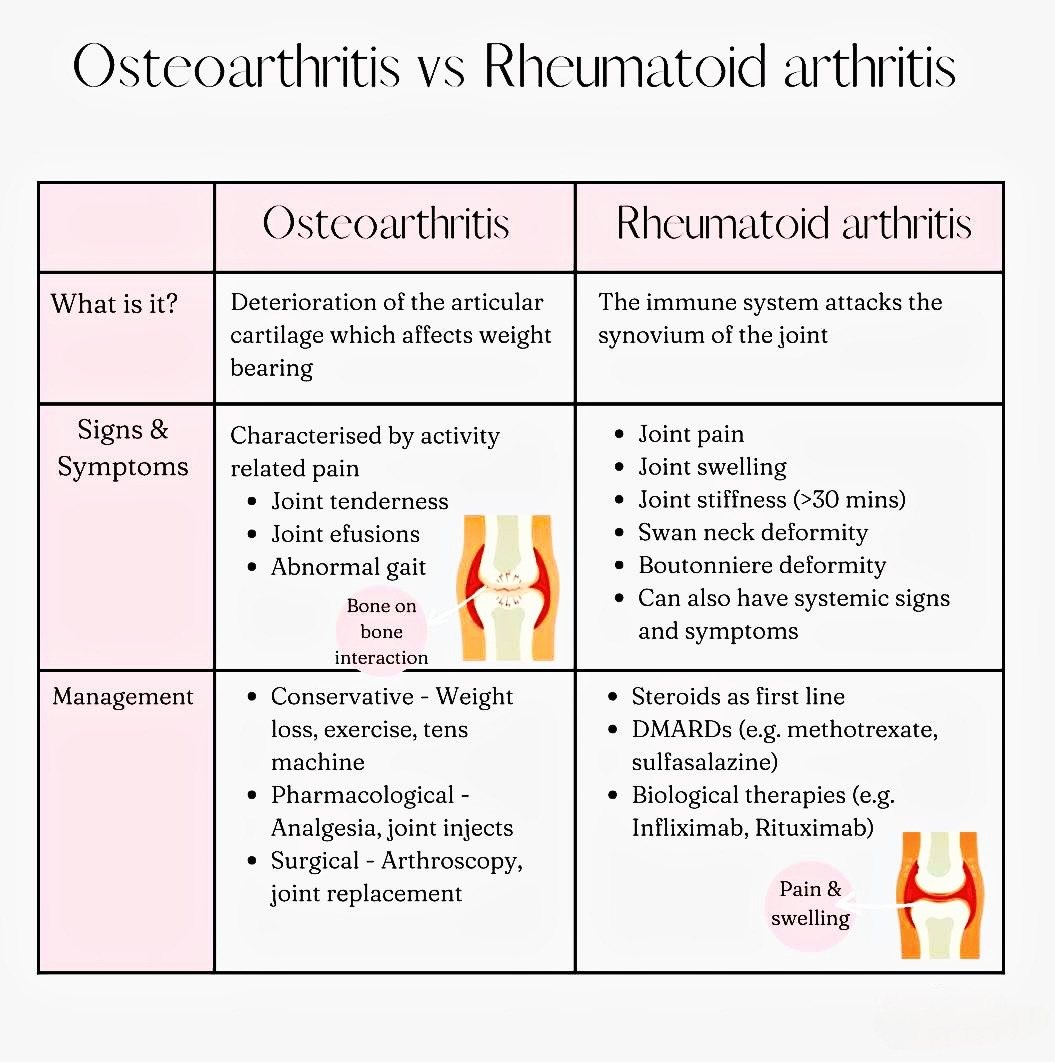

Prevention and Management Strategies
While the causes of OA and RA may differ, there are some general strategies that can help prevent or manage both conditions.
Maintaining a healthy weight is important, as excess weight puts added stress on the joints. Obesity is a risk factor for both OA and RA, and losing weight can help reduce the strain on the joints, alleviate pain, and improve overall joint function. It is important to follow a balanced diet that includes essential nutrients to support joint health, such as omega-3 fatty acids found in fish, nuts, and seeds, and antioxidants found in fruits and vegetables.
Regular exercise, including both aerobic and strength training, can help improve joint function and reduce pain. Low-impact activities like swimming, cycling, and walking are particularly beneficial for individuals with OA and RA as they provide cardiovascular benefits without putting excessive stress on the joints. Strength training exercises, on the other hand, help to build muscle strength and stability around the joints, providing additional support and protection.
Protecting the joints from injury or repetitive stress is also important, such as using proper body mechanics and wearing supportive footwear. Avoiding activities that put excessive strain on the joints, such as high-impact sports or heavy lifting, can help prevent further damage. Additionally, using assistive devices such as braces or splints can provide added support and reduce joint pain.
For RA, early diagnosis and treatment are crucial to prevent joint damage and disability. If you experience persistent joint pain, swelling, or stiffness, it is important to seek medical attention.
Managing stress and getting enough rest and sleep are also important for overall well-being and joint health. Stress can exacerbate symptoms of OA and RA, so finding healthy coping mechanisms such as meditation, yoga, or engaging in hobbies can help reduce stress levels. Adequate rest and quality sleep are essential for the body's healing and repair processes, and can help reduce inflammation and promote joint health.
By implementing these prevention and management strategies, individuals with OA and RA can improve their quality of life, reduce pain, and maintain optimal joint function.









